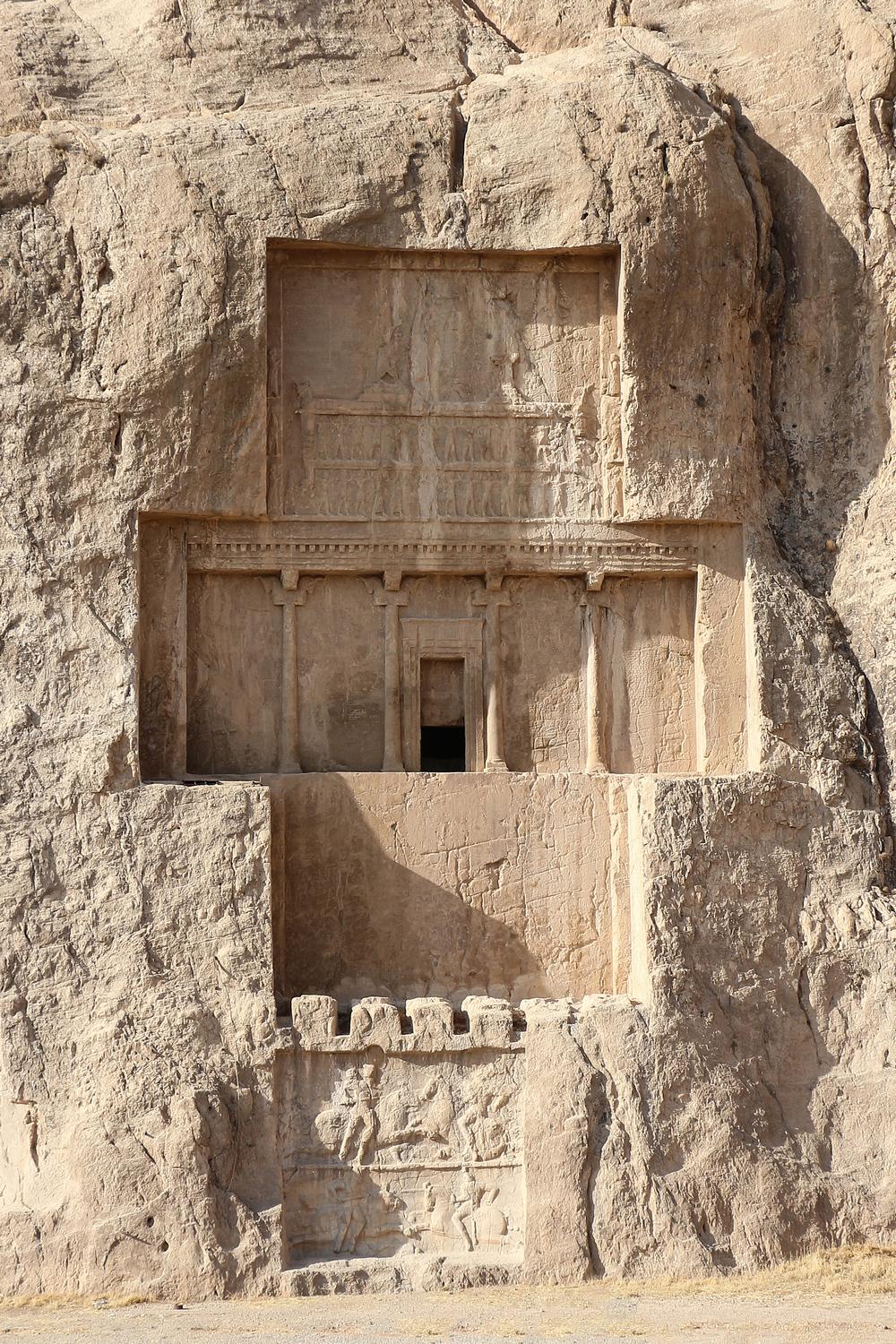Who is…
Darius in the Bible
Hebrew: דֱּרְיָוֵשׁ —transliteration: Dareyavesh —meaning: the holder, or supporter, or he who holds firm the goodness
This was the name of 3 ancient kings mentioned in Scripture.
-
Darius the Mede
This person is mentioned by name in the Book of Daniel. Daniel was a brilliant scholar, and there is every indication that he intended Darius the Mede to be understood as an historical character. Daniel “gives evidence of having a more accurate knowledge of Neo-Babylonian history than any ancient historian since the sixth century B.C.”
So Darius the Mede received the kingdom at about the age of sixty-two. —Daniel 5:31
Now I, in the first year of Darius the Mede, I stood to strengthen and to be a fortress for him. —Dan. 11:1
Darius the Mede received his high position in 530 BC.
“There is one person in history, and only one, who fits all the Biblical date concerning Darius the Mede. He is never mentioned by the Greek historians, but appears in various sixth centure B.C. cuneiform texts under the name of Gubaru. …Gubarus the Governor of Babylon fits the Biblical description of Darius the Mede so remarkably that the writer believes he will be recognized in due time as the monarch who played such an important role in the life of Daniel after the Fall of Babylon.” —John C. Whitcomb Jr., Th.D., Darius the Mede: A Study in Historical Identification (Wm. B. Eerdmans Co.: 1959), pp. 64-67
This same Gubaru (not to be confused with Ugbaru, governor of Gutium, the general under Cyrus who conquered Babylon and died three weeks later, according to the Nabonidus Chronicle) is frequently mentioned in cuneiform documents during the following fourteen years as “Governor of Babylon and the Region Beyond the River” (i.e., the entire Fertile Crescent). Gubaru thus ruled over the vast and populous territories of Babylonia, Syria, Phoenicia, and Palestine, and his name was a final warning to criminals throughout this area. —cf. John C. Whitcomb Jr., Darius the Mede (1963), pp. 10-24.
More information
-
Darius, king of Persia and son of Hystaspes
also known as: Darius the Great
 Tomb of Darius I (Darius the Great), at Naqsh-e Rustam, Fars Provicen, Iran, one of the 4 Achaemenid king tombs situated high above ground level. It is located 8 miles (13 kilometers) northwest of from ancient Persepolis, Persia (now Iran). SATELLITE VIEW (Google Maps) Photograph by Bernard Gagnon. License: CC BY 4.0
Tomb of Darius I (Darius the Great), at Naqsh-e Rustam, Fars Provicen, Iran, one of the 4 Achaemenid king tombs situated high above ground level. It is located 8 miles (13 kilometers) northwest of from ancient Persepolis, Persia (now Iran). SATELLITE VIEW (Google Maps) Photograph by Bernard Gagnon. License: CC BY 4.0It was with the army of this king that the Greeks fought the famous battle of Marathon (490 BC).
He is of the royal family of the Achaemenidae, and is the eldest of 5 sons of Hystaspes (Persian satrap of Bactria and Persis). His religion was Zoroastrianism.
He did not immediately succeed Cyrus on the throne. There were two intermediate kings—Cambyses (the Ahasuerus of Ezra), the son of Cyrus, who reigned from 529-522 BC, and was succeeded by a usurper named Smerdis, who occupied the throne only ten months, and was succeeded by this Darius (521-486 BC).
Smerdis was a Margian, and therefore had no sympathy with Cyrus and Cambyses in the manner in which they had treated the Jews. He issued a decree prohibiting the restoration of the temple and of Jerusalem (Ezra 4:17-22). But soon after his death and the accession of Darius, the Jews resumed their work, thinking that the edict of Smerdis would be now null and void, as Darius was in known harmony with the religious policy of Cyrus.
The enemies of the Jews lost no time in bringing the matter to the notice of King Darius, who ordered a search to be made for the decree of King Cyrus. It was not found at Babylon, but at Achmetha (Ezra 6:2). Upon reading it, King Darius issued a new decree, giving the Jews full liberty to do their work in Judea, at the same time requiring the Syrian satrap (governor of a Persian province) and his subordinates to give them all needed help.
During his reign the Jews enjoyed much peace and prosperity. He was succeeded by his son Ahasuerus, known to the Greeks as Xerxes I, who reigned for 21 years.
 Darius’ Behistun Inscription (Persia) written in cuneiform dating to about 520 BC UNESCO World Heritage Site. Photo by PersianDutchNetwork. License: CC BY-SA 4.0.
Darius’ Behistun Inscription (Persia) written in cuneiform dating to about 520 BC UNESCO World Heritage Site. Photo by PersianDutchNetwork. License: CC BY-SA 4.0.An ancient inscription (above) at Persepolis in Persia provides the lineage of Darius the Great:
King Darius says: My father is Hystaspes [Vištâspa]; the father of Hystaspes was Arsames [Aršâma]; the father of Arsames was Ariaramnes [Ariyâramna]; the father of Ariaramnes was Teispes [Cišpiš]; the father of Teispes was Achaemenes [Haxâmaniš]. King Darius says: That is why we are called Achaemenids; from antiquity we have been noble; from antiquity has our dynasty been royal. King Darius says: Eight of my dynasty were kings before me; I am the ninth. Nine in succession we have been kings.
King Darius says: By the grace of Ahuramazda am I king; Ahuramazda has granted me the kingdom. —Behistun Inscription
Ahuramazda (aka Ahura Mazda) is the Median and Zoroastrian false creator god. His name literally means “Lord of Wisdom”.
More information
-
“Darius the Persian” of Nehemiah 12
This was probably Darius II (aka Ochus or Nothus) of secular history, the son of Artaxerxes Longimanus, who was the son and successor of Ahasuerus (Xerxes).
There are some, however, who think that the king here meant in Nehemiah 12 is Darius III (aka Codomannus), the antagonist of Alexander the Great (336-331 BC).
Q & A